featured products
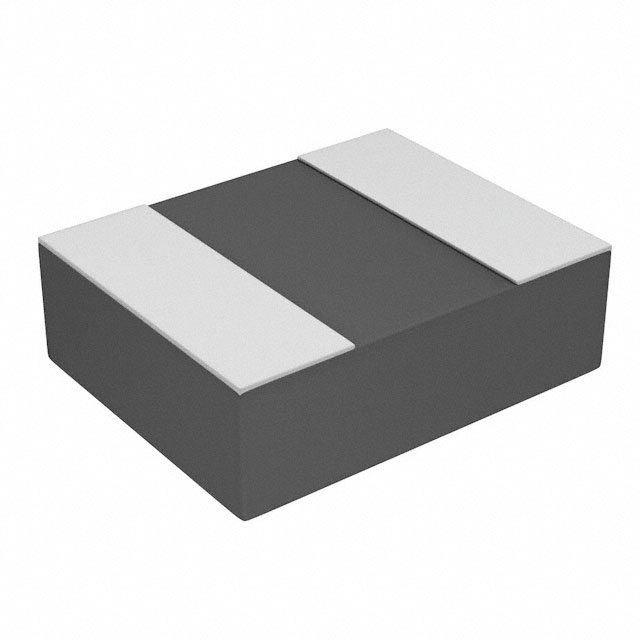
Würth Elektronik Midcom
FIXED IND 1UH 1.75A 133 MOHM SMD
$1.51
3956 available
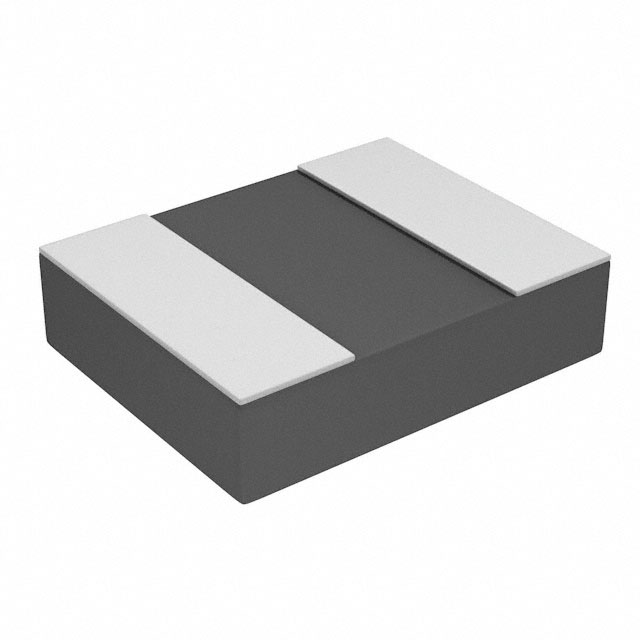
Würth Elektronik Midcom
FIXED IND 1UH 1.25A 196 MOHM SMD
$1.51
4596 available
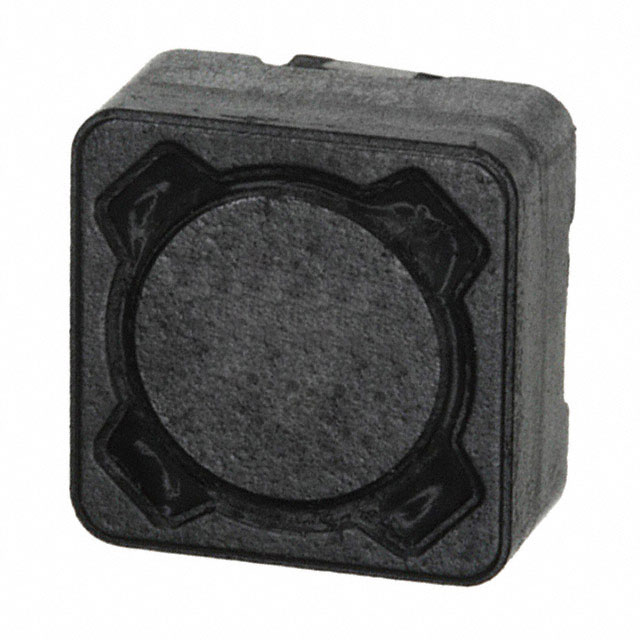
Würth Elektronik Midcom
FIXED IND 470UH 900MA 490MOHM SM
$2.52
1600 available
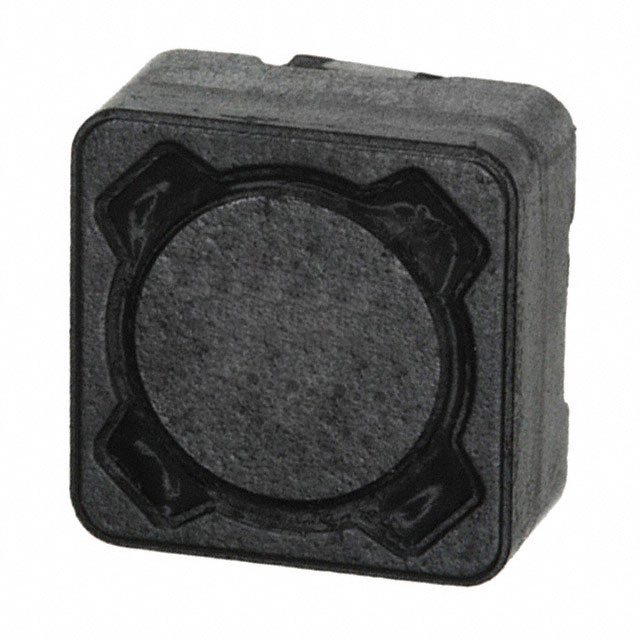
Würth Elektronik Midcom
FIXED IND 47UH 3.2A 67 MOHM SMD
$2.52
2150 available
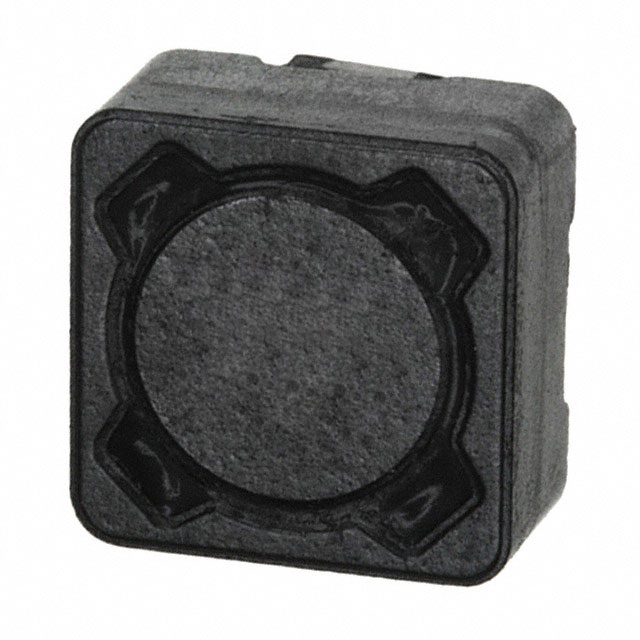
Würth Elektronik Midcom
FIXED IND 220UH 1.45A 245MOHM SM
$2.52
1600 available
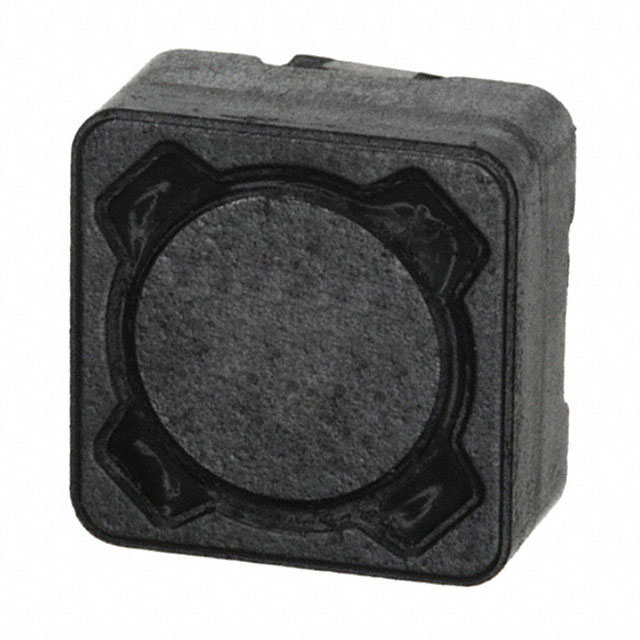
Würth Elektronik Midcom
FIXED IND 22UH 4.3A 44 MOHM SMD
$2.52
2317 available
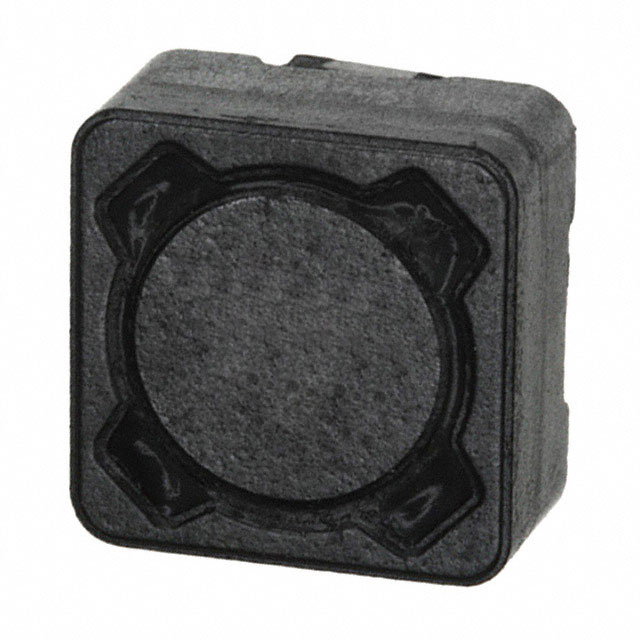
Würth Elektronik Midcom
FIXED IND 1MH 630MA 1.06 OHM SMD
$2.52
1600 available
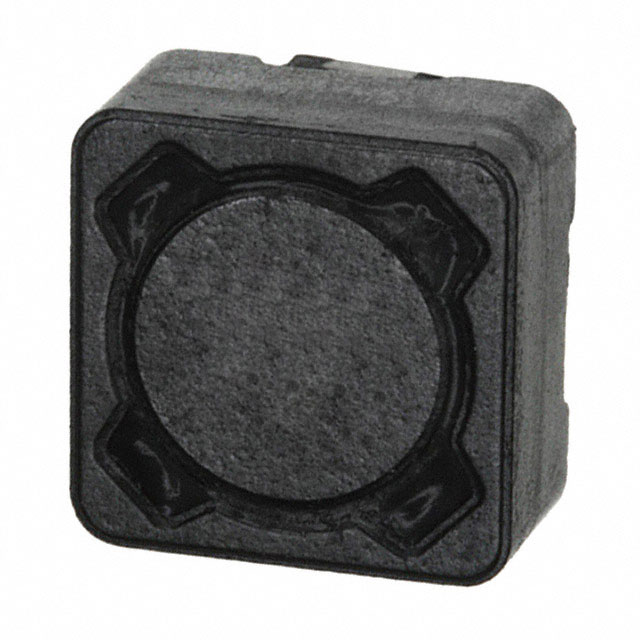
Würth Elektronik Midcom
FIXED IND 100UH 2.2A 120MOHM SMD
$2.52
3285 available

Würth Elektronik Midcom
FIXED IND 10UH 5A 30 MOHM SMD
$2.52
2015 available
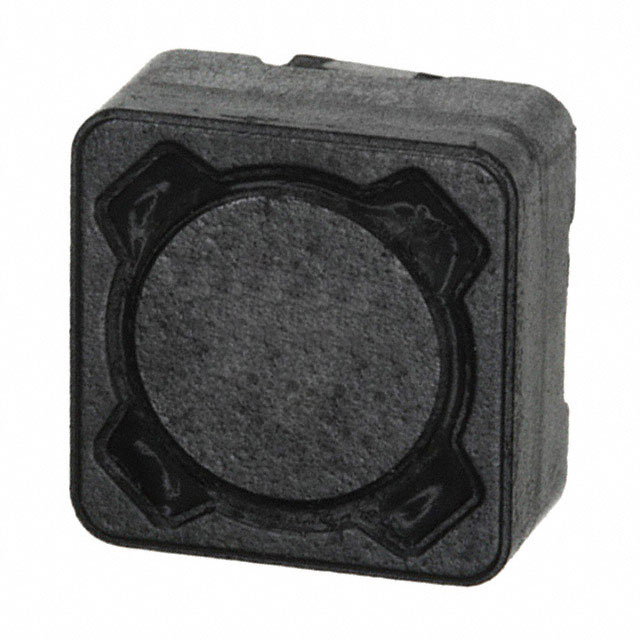
Würth Elektronik Midcom
FIXED IND 6.8UH 5.5A 24 MOHM SMD
$2.52
1600 available

Würth Elektronik Midcom
FIXED IND 4.7UH 6A 19 MOHM SMD
$2.52
1600 available
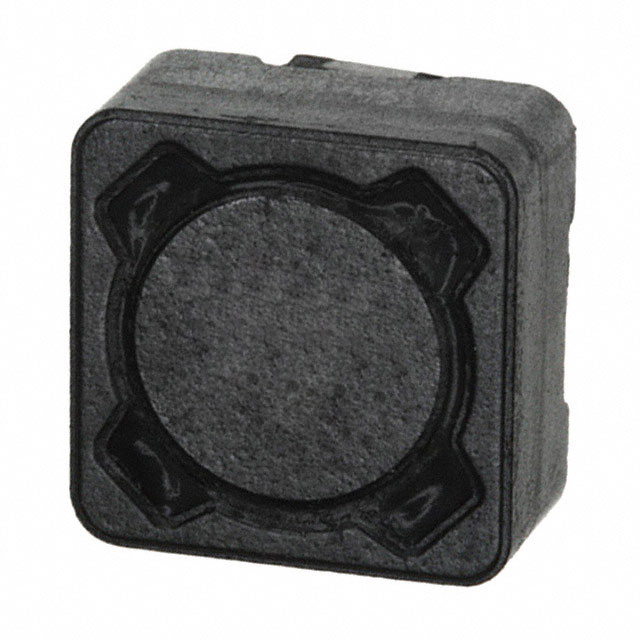
Würth Elektronik Midcom
FIXED IND 3.3UH 7A 17 MOHM SMD
$2.52
1600 available
78438322010
78438321010
7847709471
7847709470
7847709221
7847709220
7847709102
7847709101
7847709100
7847709068
7847709047
7847709033
7847709022
7847709010
784778471
784778470
784778221
784778220
784778101
784778100
784778082
784778068
784778047
784778033
784778022
784778010
784777471
784777470
784777221
784777220
784777102
784777101
784777100
784777082
784777068
784777047
784777033
784777022
784777010
784776247
784776239
784776233
784776227
784776222
784776218
784776215
784776212
784776182











